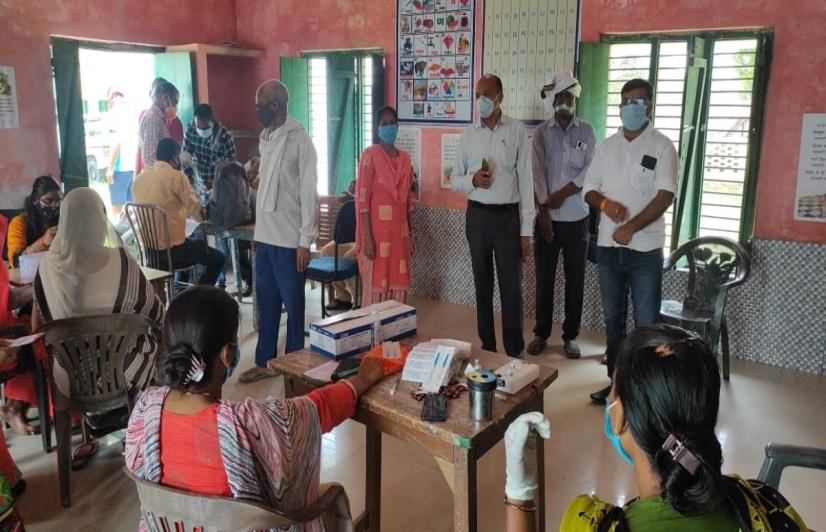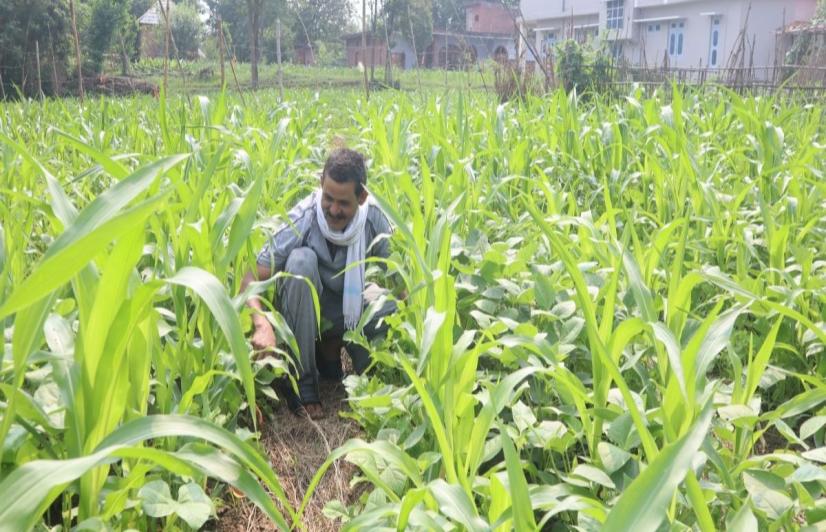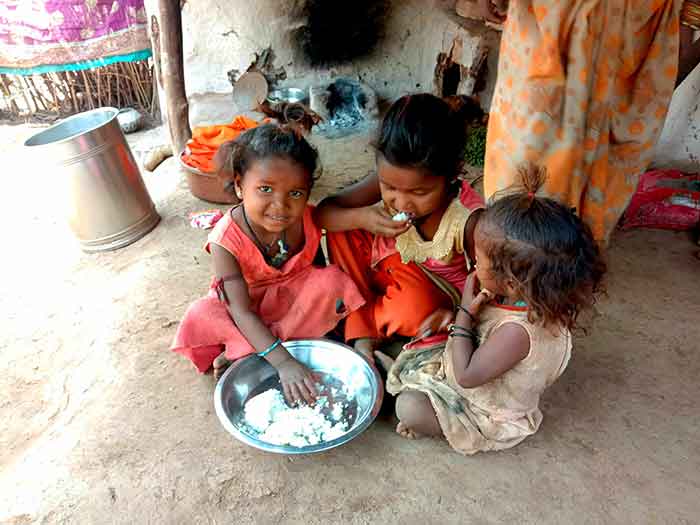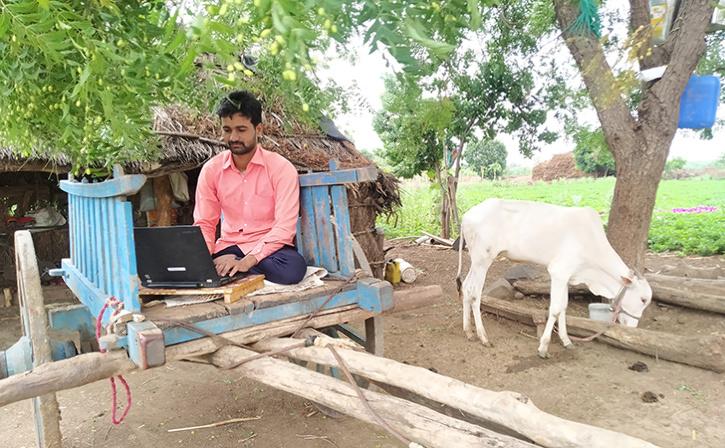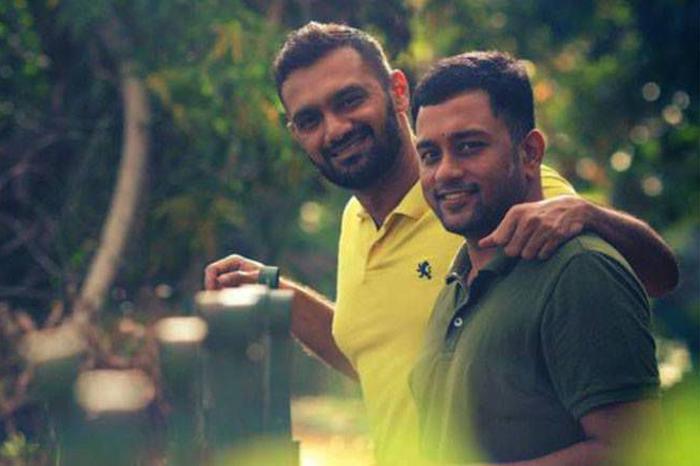Boatman in rural Odisha builds a bamboo bridge across river by mortgaging his only piece of land – 101reporters
July last year, Sumati Bhatra (25) was seven months pregnant and had developed some health complications. It was monsoon season and her village of Kontasariguda, situated in the Kosagumuda block of Odisha’s Nabarangpur district, was cut off from better healthcare at the block headquarters at Kotpad, which is separated from Nabarangpur by river Indravati. Sumati was unable to access the appropriate treatment in time.
A Village In Odisha Bans Alcohol After Incident Of Sexual Harassment – 101Reporters
Nuapada: In mid-September this year, a group of women from Dharambandha village — situated in the Sadar block of Odisha’s Nuapada district — went for a bath in the village canal. Nearby, a shop was serving and selling liquor to some men. Soon, under the influence of alcohol, these men proceeded to molest the women. When the women protested, the drunkards started abusing them.
‘FeelGood’: A Whatsapp group inspiring farmers in Uttarakhand – 101Reporters
Pauri: “I farmed my whole life but remained a simple farmer. My 30 nali land (a unit land measurement in the mountains area; 1 nali equals 0.05 acres) was lying barren for 50 years. There wasn’t even a bird there. But now I have 421 trees of 19 species, including mango, guava, walnut, jamun, apple, orange, kinnow, apricot and amla. I have become a farmer as well as a gardener. Not just the common people, but even officials from the Agriculture and Horticulture Department have come to see my garden,” said Harish Chand Mundepi.
A community-led bank in UP helps villagers keep moneylenders at bay – 101Reporters
Bahraich: In the foothills of the Himalayas, surrounded by the dense Katarniya Ghat forest, lies the small village of Bishunapur, 47 km from Mihinpurwa village block in Uttar Pradesh’s Bahraich district. Home to 2,500 people, of whom 2,200 belong to the scheduled tribe Tharu, the villagers here have had a troubled history with moneylenders.
Rural Sultanpur’s ‘covid warrior’ pradhans battle vaccine hesitancy – 101Reporters
Sultanpur: On a warm summer day of May 2021, Mandani Singh (40), an ASHA (Accredited Social Health Activist) from Banbahasirkhinpur in Akhand Nagar block in Uttar Pradesh’s Sultanpur district, was on duty as part of the frontline team inviting villagers to get vaccinated. As Singh, who has been an ASHA for the last 15 years, was speaking to people about the vaccine’s benefits, one of the villagers started verbally abusing her.Sultanpurs_covid_warrior_pradhans_battle_vaccine_hesitancy
Agriculture sans chemicals is giving Himachal farmers better and sustainable incomes – 101Reporters
Shimla: In light of declining production despite the increased use of expensive chemicals in farming, almost 1.16 lakh farmers of Himachal Pradesh have switched to natural farming, according to data provided by the State Project Implementing Unit set up for the promotion, implementation and monitoring of the natural farming program.
After Covid, a pandemic of hunger looms large in MP – Counter Currents
Bhopal: Four-year-old Gudiya* (name changed) smiles shyly as she eats salted rice from a plate that she shares with her two sisters. The three girls from Birhulia village in Umaria, Madhya Pradesh haven’t eaten dal in the last few weeks and are surviving on plain rice and chapatis with salt. Their parents, both daily wagers, haven’t found work since the lockdown began and cannot purchase food.
Despite Digital Divide, Youths In Maharashtra Villages Keep Their Pursuit Of Education Alive – India Times
When the government announced the lockdown, 23-year-old Tukaram Gaikwad from Maharashtra’s Osmanabad district had to travel back home to his village, Lakhi — situated around 100 km away from the Tuljapur campus of the Tata Institute of Social Sciences (TISS), where he is a final-year Masters student in Social Work and Rural Development. With all the lectures shifted online, he had no other option but to attend the classes through his smartphone.
LGBTQ-Friendly Travel In India Is Here, But Are We Ready For It? – Homegrown
In 2009, Section 377 of the Indian Penal Code (IPC) – the provision criminalizing sexual intercourse that is “against the law of nature” – was scrapped as it violated the fundamental rights guaranteed in the Indian constitution. Four years later, the LGBTQ community collectively mourned the Supreme Court’s decision to uphold the provision once again. Almost a decade since this fight for equality first found its space in mainstream media, the LGBTQ community in India has grown exponentially. From Mumbai’s Queer Azaadi Pride March each year to a Gay Prince who recently opened the gates of his palace for the community, the LGBTQs of the country have been striving to create an inclusive environment for themselves, and so far, they’ve succeeded.
Shimla Has Run Out Of Water And Irresponsible Tourism Has A Lot To Do With It – Homegrown
We have not spared our cities. Deforestation, excessive construction, rising pollution levels have all tremendously affected our ground water systems. For most of us urban dwellers, it is something that has become routine and we have made our peace with water shortages that appear in the form of huge water tankers and water cuts that last for weeks. But when problems like these make their way to the most spectacular of places that still struggle to thrive in all their natural beauty, it is imperative to realise what our irresponsibility, our lifestyle and unaccountability towards nature has done. Shimla’s ongoing water shortage seems to have surpassed all our imaginations. Taps are running dry, bottled water prices are soaring, farmers have been stopped from drawing water for their crops, and people are queuing up in front of public taps as the city is facing a crisis like never before. It has…




